The roaring ’60s gave us legendary beasts like the GTO, Charger, and Mustang that ruled American highways with thunderous V8s and striking design. But as the calendar flipped to the 1970s, our beloved muscle cars faced a perfect storm of challenges that slowly drained their power and presence. Oil embargoes, emissions regulations, and changing consumer preferences all converged to transform these magnificent machines from fire-breathing monsters to tame, uninspiring shadows of their former selves.
1. The 1970 Clean Air Act Amendments
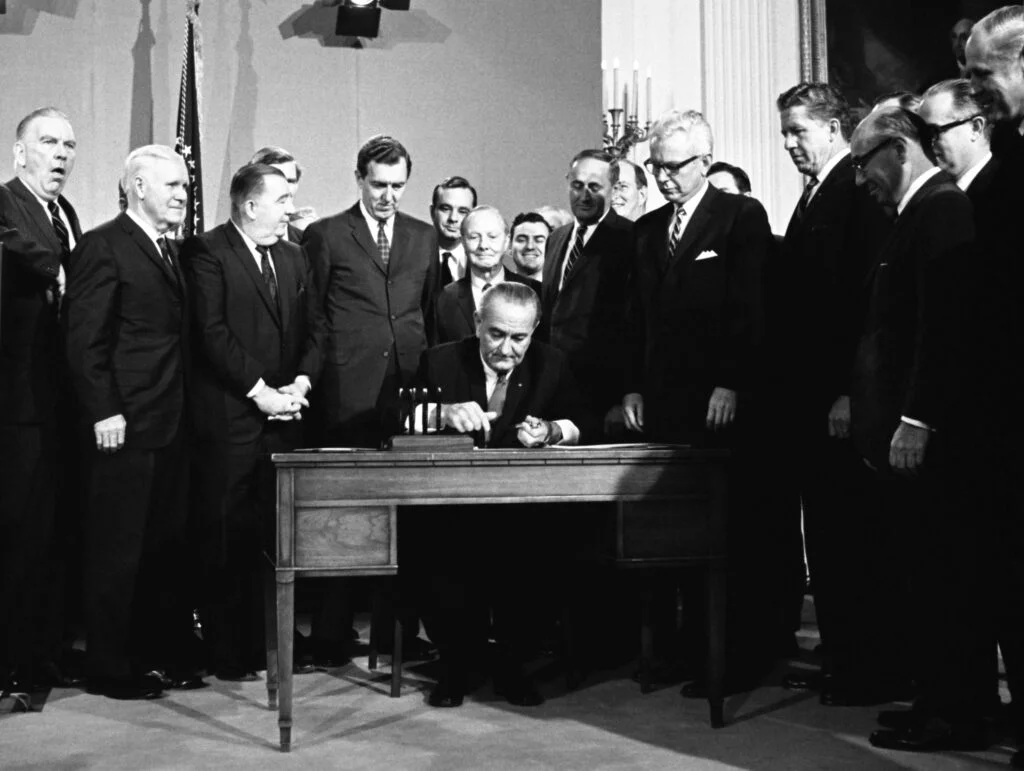
Detroit’s engineering departments collectively groaned when President Nixon signed legislation requiring drastic reductions in automobile emissions, a familiar move after LBJ signed the Clean Air Act into law back in 1963. Overnight, automakers had to redirect their focus from horsepower to meeting new standards for hydrocarbons, carbon monoxide, and nitrogen oxides. NRDC dives further into what this legislation meant as a means of protecting the environment.
The result was the beginning of compression ratio reductions across the board, with muscle car engines losing their high-compression edge that had delivered the seat-pushing performance we all craved.
2. The Chevy Camaro’s Power Plummet (1971-1972)
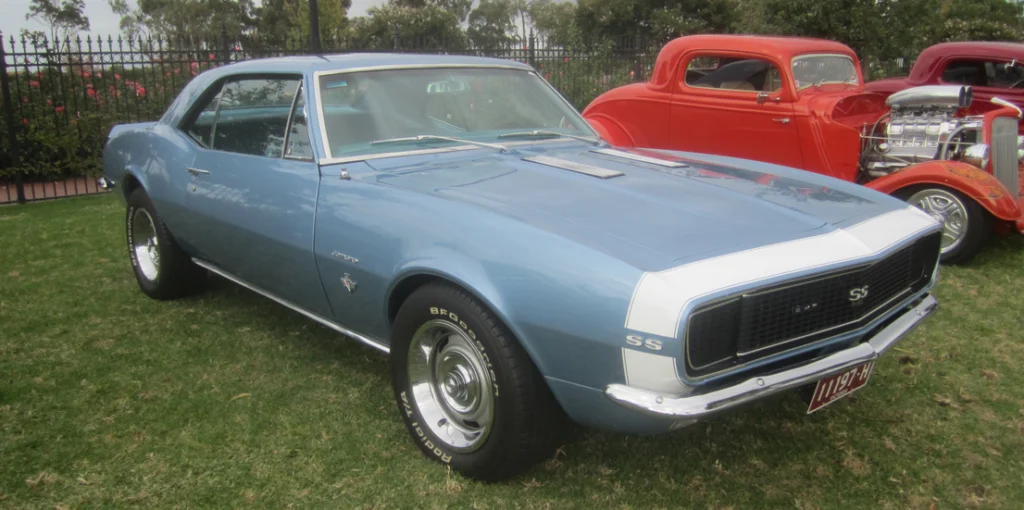
The second-generation Camaro launched with impressive styling but suffered a devastating power reduction when GM mandated all engines run on lower-octane unleaded fuel. The mighty Camaro Z/28’s power rating dropped from 360 hp to a measly 200 hp in just two model years, leaving enthusiasts scratching their heads at dealerships nationwide. Thanks to Car and Driver, we can see all the evolutions the Chevy Camaro has undergone over the years.
You could almost hear the collective sigh at drag strips as these neutered beasts struggled to match their predecessors’ quarter-mile times, leaving a generation of young men with cars that looked fast but couldn’t back up their aggressive appearance.
3. Pontiac GTO Becomes a Neutered Nova (1974)
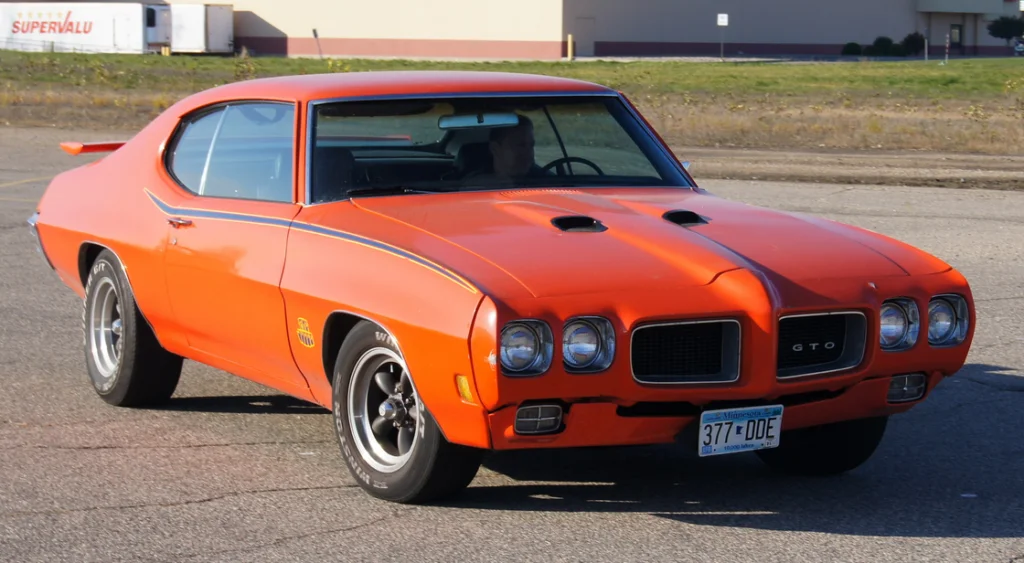
Pontiac’s legendary GTO, the car that started the muscle car craze in 1964, was reduced to an option package on the compact Ventura (basically a Chevy Nova) by 1974. Gone was the distinctive styling, replaced by an anonymous compact body that did nothing to stir the soul or turn heads at the local drive-in. As shown by Volo Museum, there’s a lot more history for the GTO where that came from.
The once-mighty Goat now packed a wheezing 200-horsepower 350 V8 that could barely chirp the tires, much less burn rubber through three gears like its ancestors.
4. Ford Mustang II Debuts (1974)
Ford’s pony car, once the epitome of accessible performance, transformed into a Pinto-based economy car that prioritized fuel efficiency over fun. The base model didn’t even offer a V8, instead coming with a wheezing 88-horsepower four-cylinder engine that could barely get out of its own way, much less deliver the thrills Mustang buyers had come to expect.
Car enthusiasts watched in horror as magazine ads touted the new Mustang’s turning radius and fuel economy rather than quarter-mile times or horsepower figures, signaling a fundamental shift in American automotive priorities.
5. The 1973-1974 Oil Crisis
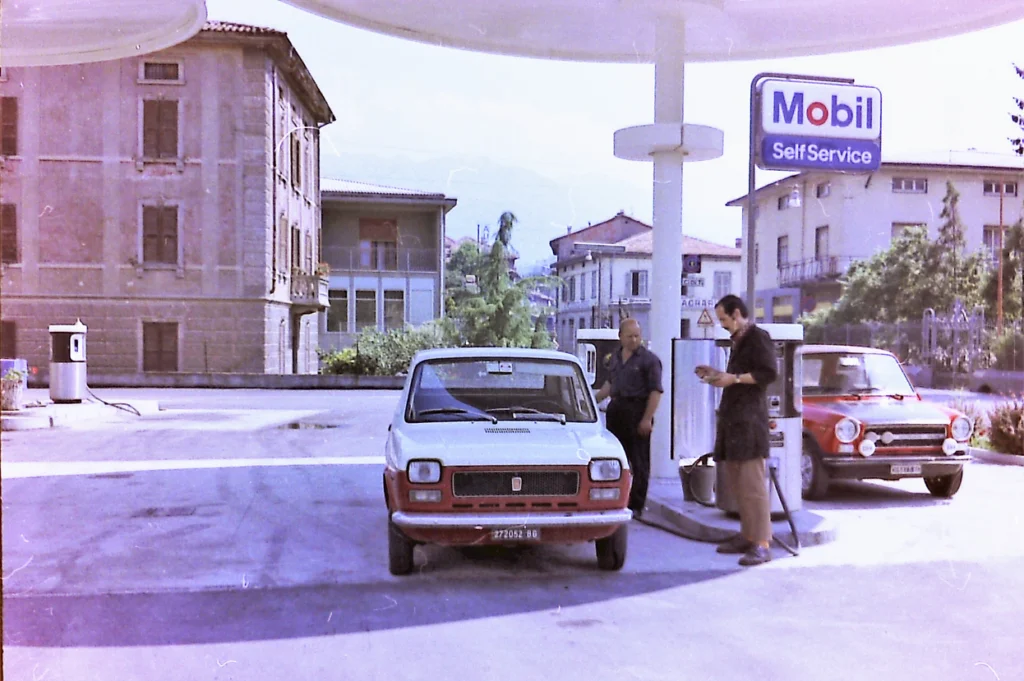
OPEC’s oil embargo hit America like a sledgehammer, sending gas prices soaring and creating panic at pumps nationwide. Suddenly, those gas-guzzling muscle cars with their single-digit fuel economy became financial liabilities, with owners forced to wait in long lines just to feed their thirsty beasts.
The cultural shift was immediate and severe—practically overnight, having a big engine became socially unacceptable, with formerly proud muscle car owners facing dirty looks and muttered criticisms when they pulled up to the increasingly expensive gas pumps.
6. Dodge Challenger’s Final Gasp (1974)
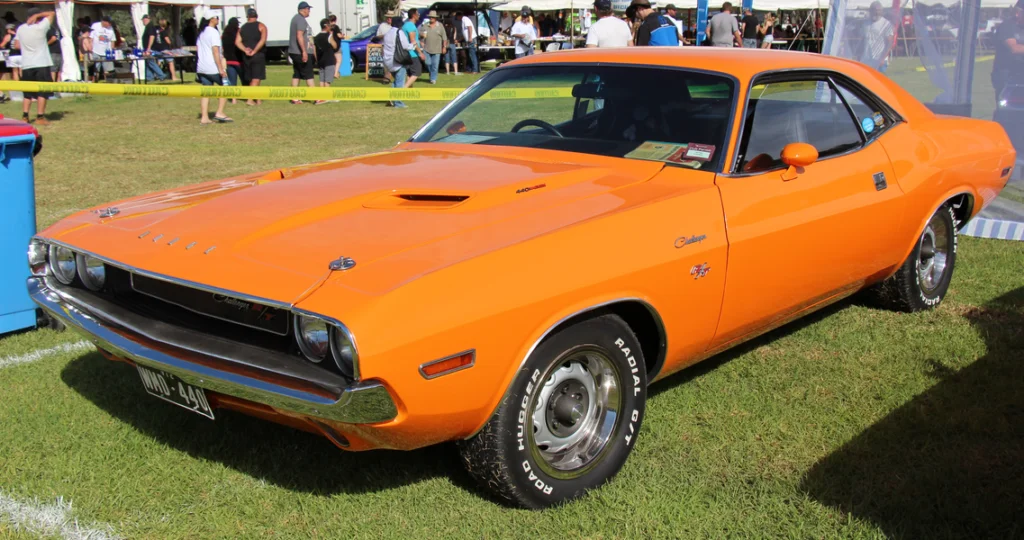
Dodge’s gorgeous Challenger, introduced for 1970 as a proper muscle machine, limped to its finish line with severely compromised performance. The once-optional 318 V8 became the top engine choice, producing a yawn-inducing 150 horsepower that couldn’t spin the rear tires if you parked on wet ice.
Watching these neutered beasts roll off showroom floors was like seeing a prize fighter enter the ring with both hands tied behind his back—all the swagger of the early E-bodies with none of the punch that made them special.
7. Plymouth Roadrunner Loses Its “Beep Beep” (1975)
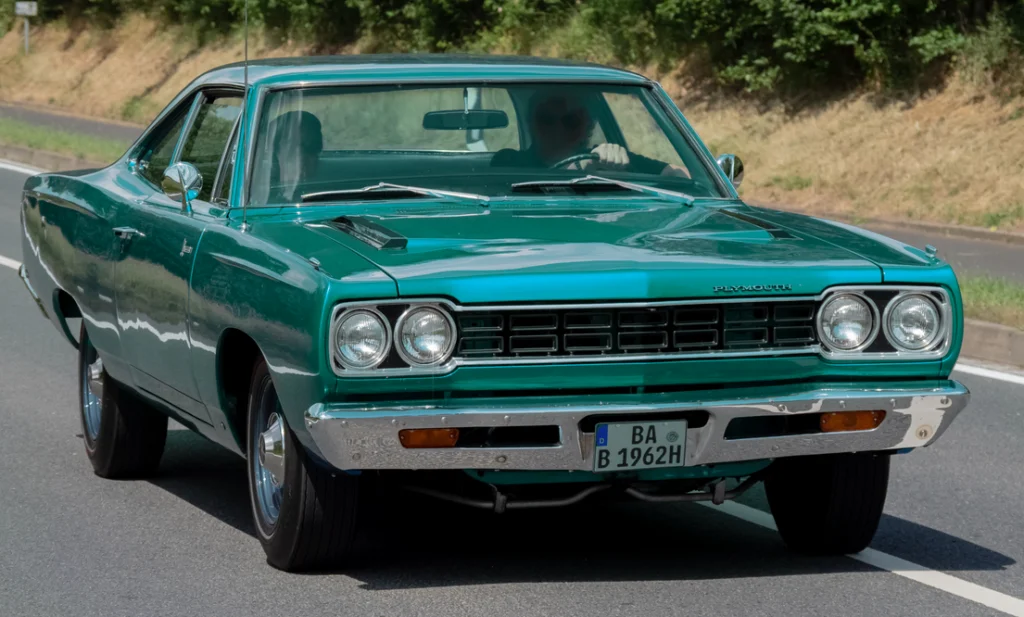
Plymouth’s affordable muscle car, once the terror of stoplight drag races, became just another mid-sized coupe with graphics packages substituting for actual performance. The iconic 426 Hemi was long gone, with the hottest engine offering a 400 cubic inch V8 that produced a mere 190 horsepower—less than many modern family sedans.
Gone were the days when a Roadrunner could hang with Corvettes; now they struggled to outrun station wagons, with the famous “beep beep” horn sounding more like an apology than a challenge.
8. AMC’s Desperate Gremlin X Package (1972)
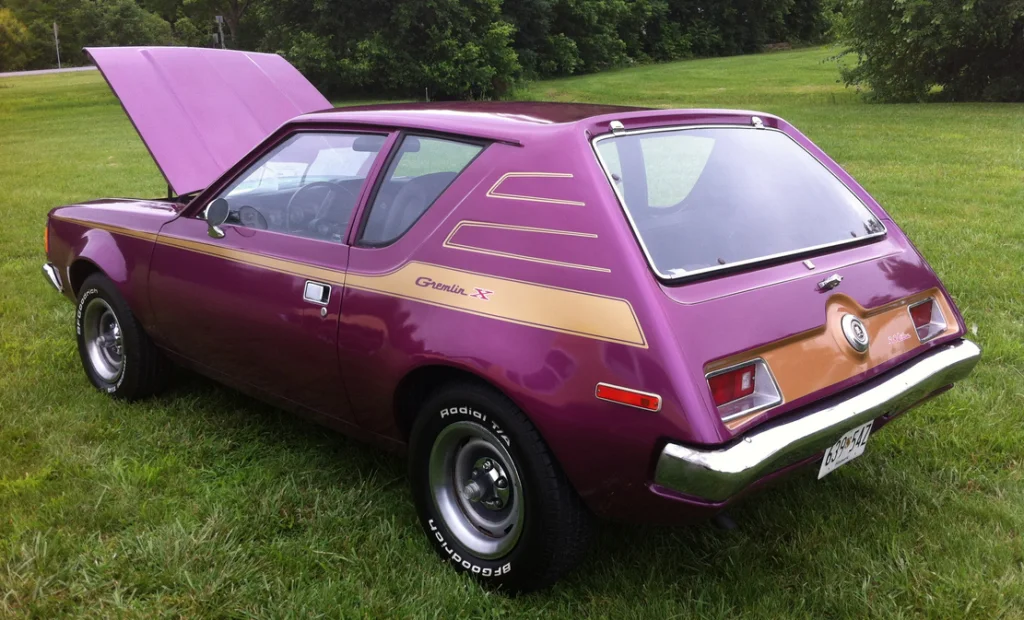
American Motors Corporation, always the scrappy underdog, tried to keep the performance flame alive with their Gremlin X package. The awkwardly styled compact paired with a 304 V8 produced only 150 horsepower, turning what should have been an exciting combo into a confusing compromise that satisfied neither economy car buyers nor performance enthusiasts.
Watching these oddly proportioned machines attempt to fill the muscle car void was like seeing your uncle try to fit into his high school football uniform—the spirit was willing, but the execution fell painfully short.
9. Buick’s Deceptive “Stage 1” GSX (1973)
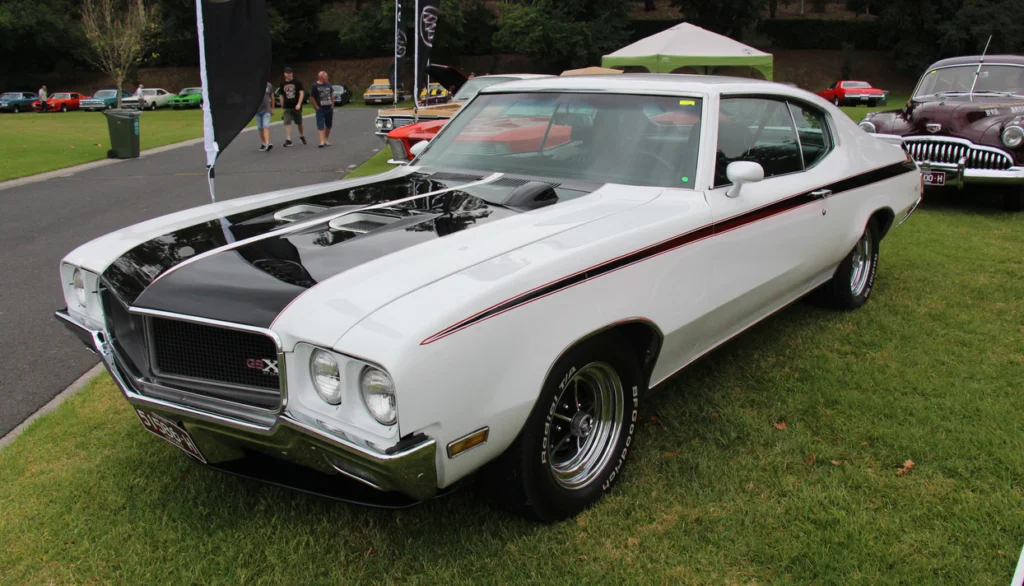
Buick’s once-fearsome GSX with the Stage 1 performance package had terrorized drag strips in 1970 with its underrated 360 horsepower, but by 1973, it was all bark and no bite. The name remained, but compression ratios fell, horsepower plummeted to just 175, and quarter-mile times slowed by several seconds, leaving owners with little more than nostalgic badging and fading memories.
Magazine reviews became increasingly apologetic, focusing on luxury appointments rather than performance metrics, as if trying to distract readers from the obvious: the muscle car era was drawing to an unceremonious close.
10. The Disappearance of the Pontiac SD-455 (1974)
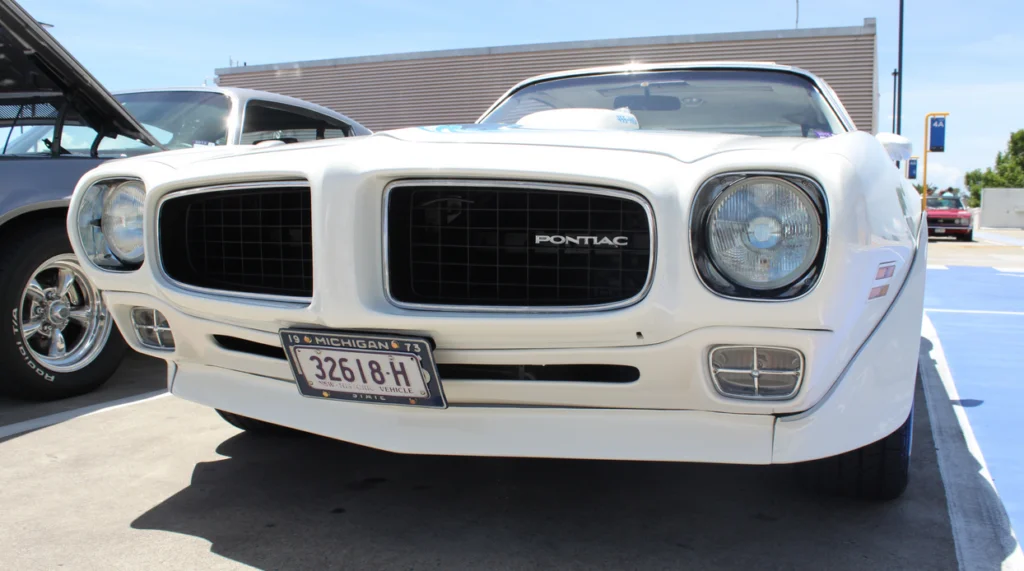
Pontiac engineers created one last hurrah with their Super Duty 455 engine, somehow managing to squeeze 290 honest horsepower from an emissions-compliant big-block. The SD-455 vanished after just two model years, with Pontiac citing “production difficulties” that many enthusiasts recognized as code for corporate disinterest in performance during the fuel crisis.
The quiet death of this final true muscle engine marked the end of an era, with performance enthusiasts left to wonder if they’d ever again feel the rush of American V8 power pushing them back in their seats.
11. Oldsmobile 4-4-2’s Identity Crisis (1975)
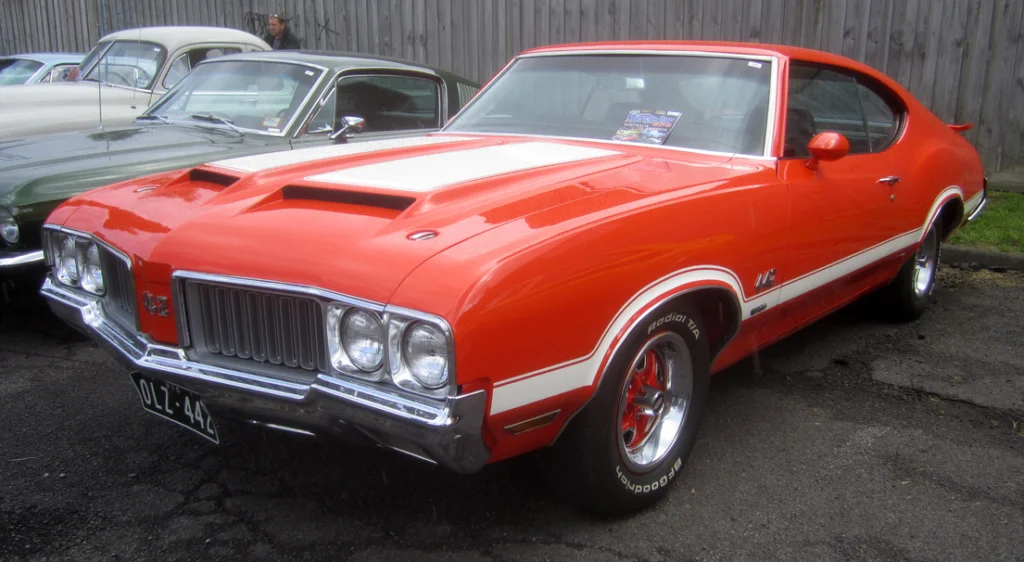
The once-proud 4-4-2, standing for four-barrel carburetor, four-speed manual, and dual exhaust, abandoned its performance roots entirely. By mid-decade, it was merely an appearance package with stripes and badges slapped onto the decidedly non-muscular Cutlass, offering neither the four-barrel, the four-speed, nor the dual exhaust its name promised.
Older enthusiasts watched in dismay as young buyers, who had never experienced the raw power of the original 4-4-2, accepted these impostors without realizing what they were missing—a telling sign that America’s love affair with performance had fundamentally changed.
12. The Rise of Personal Luxury Coupes (1976-1977)
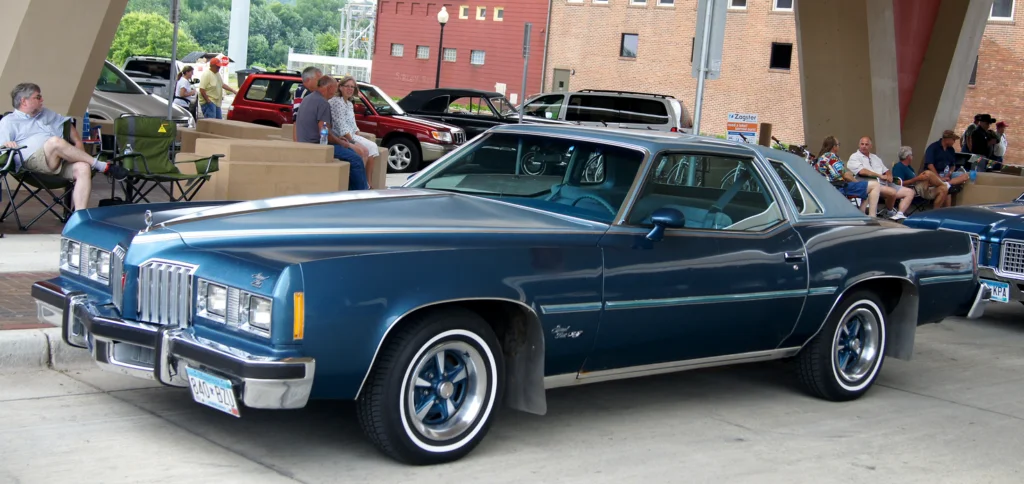
Detroit’s marketing departments collectively decided that Americans no longer wanted performance but instead craved “personal luxury” with vinyl roofs, opera windows, and padded landau tops. Former muscle car buyers found themselves test-driving bloated barges like the Cordoba, Monte Carlo, and Thunderbird that shared showroom space with the performance cars they replaced, offering “brougham” packages instead of performance options.
The cultural shift was complete when these soft-riding cruisers began outselling what remained of the muscle car lineup, confirming what industry insiders already knew: the American performance car had been relegated to history, at least for the time being.
Looking back at these pivotal moments, it’s remarkable how quickly the muscle car era faded—not with a bang, but with a whimper of reduced compression ratios and strangled exhaust systems. For those of us who lived through it, there’s a bittersweet nostalgia in remembering both the glory days and the undignified end of American performance. Yet the story wasn’t over—those seeds of passion remained dormant until the 1980s turbo revolution and the eventual renaissance of American muscle that would come decades later, proving that you can’t keep a good V8 down forever.


